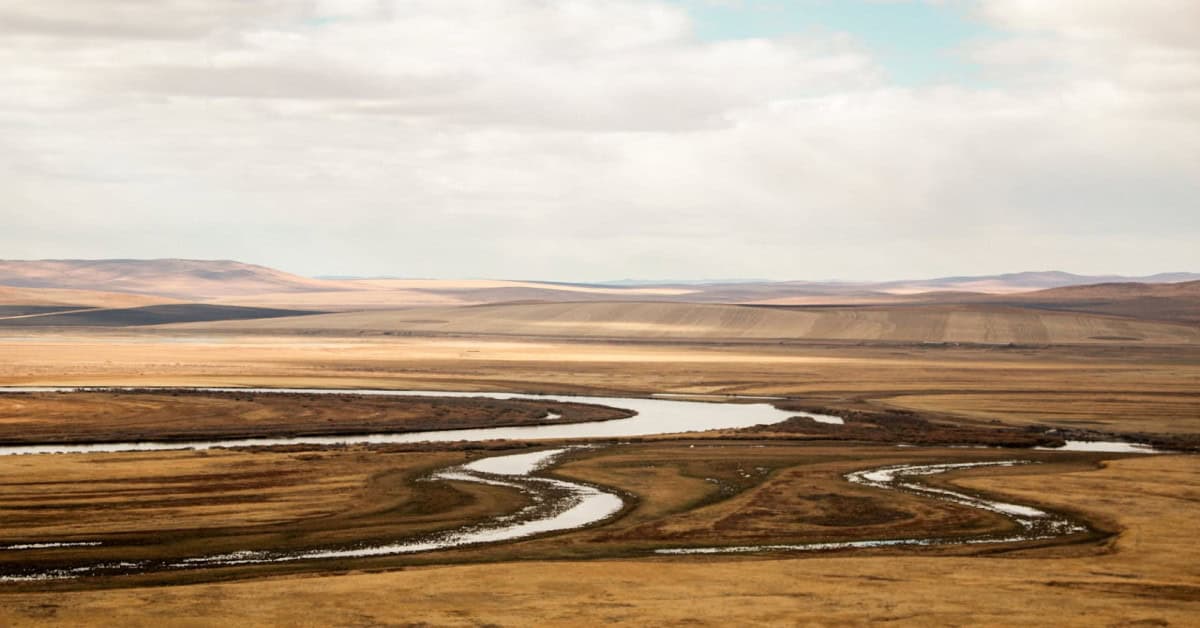The abiotic environment consists of non-living elements like air, water, sunlight, soil, and temperature. These components are vital for shaping ecosystems and supporting life on Earth. Without them, plants, animals, and other organisms would not survive or thrive.
Understanding abiotic components is essential because they form the foundation of ecosystems. Sunlight drives photosynthesis, water sustains hydration, and air provides oxygen for living organisms.
Soil and temperature create habitats, influencing biodiversity and the survival of species. Each abiotic element plays a unique role in maintaining the balance of nature.
This blog explores the major abiotic components and their critical functions. It highlights their interconnections and emphasizes their importance in sustaining life processes and ensuring ecological harmony.
Abiotic Environment
The abiotic environment refers to all the non-living elements in nature that shape and support ecosystems. These components include air, water, sunlight, soil, temperature, and minerals. Unlike living (biotic) factors, abiotic elements do not grow, reproduce, or consume resources, but they are essential for sustaining life.
For example, sunlight powers photosynthesis, enabling plants to produce food and oxygen. Water hydrates organisms and helps transport nutrients. Soil provides the foundation for plant growth, while air delivers the gases needed for respiration and energy transfer.
Together, these components create the conditions required for life to thrive. The abiotic environment forms the backbone of ecosystems, ensuring balance and supporting the intricate web of life.
What are Abiotic Components?
The environment is made of two main elements: living (biotic) and non-living (abiotic) components. Abiotic components are the non-living factors like air, water, sunlight, soil, and temperature that shape ecosystems.
Unlike biotic components, which include plants, animals, and microorganisms, abiotic components do not grow, reproduce, or consume resources. However, they are just as essential for maintaining the balance of nature.
Examples of abiotic components are all around us. Air provides oxygen for breathing and carbon dioxide for photosynthesis. Water hydrates living organisms and helps transport nutrients. Soil anchors plants and supplies them with minerals, while sunlight provides energy that drives life processes.
Temperature determines the climates where species can live and adapt. Each component plays a unique role in shaping the environment.
Abiotic factors are vital to life on Earth because they create the conditions for survival. Without sunlight, photosynthesis would halt, and plants could not produce food. Water supports hydration and nutrient transport, and soil nurtures plant growth.
Together, these factors regulate the environment and allow biotic elements to thrive. Understanding abiotic components helps us appreciate the delicate balance of nature and the interconnectedness of life.
Also Read: Biotic Environment Characteristics and Features
Major Abiotic Components of the Environment
Abiotic environment components are the building blocks of ecosystems, ensuring that life thrives in diverse habitats. They influence climate, soil fertility, and the availability of resources like water and sunlight. Each component is interdependent, supporting life processes and maintaining ecological stability.
Water (Hydrosphere)
Water is essential for life. It hydrates organisms, supports metabolic functions, and enables nutrient transport in plants and animals. Aquatic ecosystems, such as rivers, lakes, and oceans, rely on water to sustain fish, plants, and other species. Without water, life as we know it would cease to exist.
Air (Atmosphere)
The air we breathe contains oxygen for respiration and carbon dioxide for photosynthesis. Nitrogen in the atmosphere helps plants grow by enriching the soil. However, poor air quality from pollution can harm ecosystems, affecting both plants and animals.
Soil (Lithosphere)
Soil is crucial for plant growth as it provides nutrients and a stable foundation. Its fertility determines the productivity of crops and natural vegetation. Soil also plays a role in nutrient cycling, which supports life at all levels of the food chain.
Sunlight
Sunlight powers photosynthesis, the process that fuels plant growth and oxygen production. It also regulates temperature, which affects seasonal cycles, migration patterns, and reproduction in living organisms. Sunlight is the primary energy source for all ecosystems.
Temperature
Temperature influences where plants and animals can live. For instance, polar bears thrive in cold climates, while cacti grow in hot deserts. Temperature also affects reproduction, metabolism, and the behavior of species, making it a key factor in adaptation.
Other Components (e.g., Minerals, pH)
Minerals like calcium and potassium are vital for plant and animal health. The pH of soil and water determines their suitability for different species.
Functions of Abiotic Components
Abiotic components are the foundation of all ecosystems, playing vital roles in sustaining life and maintaining balance. Each component, from water to sunlight, interacts seamlessly to create the conditions necessary for living organisms to thrive. These interactions help ecosystems remain stable and productive despite changing external conditions.
How Abiotic Components Interact to Maintain Ecosystem Balance
Abiotic components work together to create a balanced environment. Sunlight drives photosynthesis, water transports nutrients, and air provides essential gases.
For instance, soil supports plants by offering nutrients, while temperature influences species’ habitats. The harmony between these factors ensures that ecosystems remain healthy and functional.
Their Role in Supporting Life Processes
Abiotic factors are essential for life processes like photosynthesis and respiration. Sunlight provides the energy for plants to produce food, while air supplies oxygen and carbon dioxide.
Water hydrates living organisms and enables cellular functions. Without these abiotic elements, essential life processes would cease, leading to ecological collapse.
Their Role in Regulating Climate
Abiotic factors like water and air regulate weather patterns and global climate. Water bodies store and release heat, moderating temperatures. Air currents, driven by temperature differences, circulate gases and moisture across regions. These factors maintain climates suitable for various ecosystems and species.
Their Role in Facilitating Biodiversity
Soil quality and temperature are crucial for habitat formation. Fertile soil supports plant growth, creating habitats for herbivores and predators. Temperature determines the type of species that can thrive in an area, from polar bears in the Arctic to camels in deserts.
Their Role in Nutrient Cycling
Abiotic components like sunlight, air, and soil play a key role in nutrient cycling. Sunlight powers the energy flow in ecosystems, while air provides nitrogen and carbon for plant growth. Soil acts as a reservoir of essential minerals, ensuring nutrients are recycled effectively.
Importance of Abiotic-Biotic Interactions
Abiotic and biotic components are deeply interconnected, each depending on the other for survival. Plants, for example, use sunlight and water to produce food, which animals consume for energy.
Similarly, decomposers break down dead organisms into nutrients that enrich the soil, supporting plant growth. This cycle highlights the harmony between living and non-living elements.
One clear example of this interaction is how plants rely on abiotic factors like sunlight, water, and soil for photosynthesis. Animals, in turn, depend on plants for food and oxygen.
Aquatic organisms require water’s dissolved oxygen to survive, while terrestrial species depend on air for respiration. This mutual reliance ensures life continues seamlessly.
However, disruptions like pollution and climate change threaten these delicate interactions. Air pollution reduces oxygen levels, affecting both plants and animals. Rising temperatures alter habitats, making it difficult for species to adapt.
Protecting both abiotic and biotic elements is critical to preserving ecological balance and biodiversity.
Conclusion
The abiotic environment encompasses non-living components like air, water, soil, sunlight, and temperature that shape ecosystems. These elements work together to create the conditions necessary for life to exist and thrive.
Abiotic components are vital for life processes, climate regulation, and maintaining biodiversity, highlighting their critical role in sustaining ecosystems.
Their interdependence with biotic components underscores the delicate balance of nature. Plants rely on sunlight, water, and soil, while animals depend on these plants for food and oxygen. Together, abiotic and biotic components form a web of connections that support life on Earth.
Protecting and preserving abiotic resources like clean water, fertile soil, and breathable air is essential. By understanding their importance, we can ensure a healthier, more sustainable environment for future generations.






